
14 ways to increase the safety of your home
8th Jul '19 • By Service.com.au
Keeping our families and homes safe is important to everyone. We all know the basics. Lock our doors and windows, check the smoke detector batteries, don’t answer the door to strangers. But there are a lot of extra steps you can take to help improve the security to keep everyone safe. In this post, we’ll provide you with 14 of the best tips to improve safety in your home.

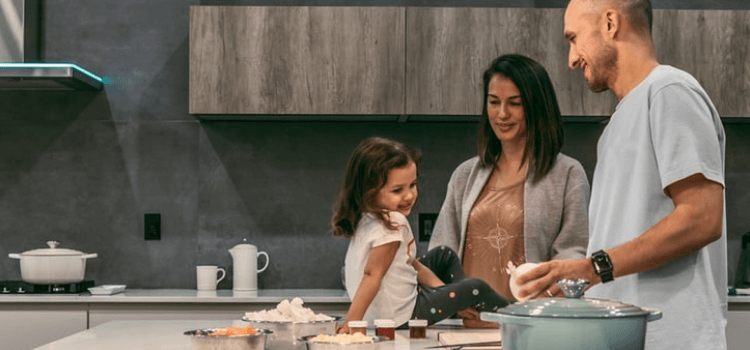
1. Internal & external cameras
Installing security cameras can help encourage a potential burglar to think again when considering your home as a target, let you have a real-time look around your home and help to catch anyone who does try to access your property. Make sure you cover the main access points both internally and externally with visible cameras.
Modern camera systems can be hooked up to your smartphone and monitored wherever you are. If you're on holiday on the other side of the world, check in with your property and make sure everything is running smoothly.
Improving the safety on a budget? You can always add dummy cameras as a deterrent to scare away possible burglars.

2. Install security lights
Automated security lights with a motion sensor have been a popular burglar deterrent over the last couple of decades. Thieves are attracted to dark areas where they won’t be seen so this simple solution is off-putting. Security lights will alert you to any movement outside your house and give you plenty of light to spot someone lurking around.
As well as deterring burglars, security lights will also help out when you get home late. They light your drive and path, giving you the opportunity to have a look around before you leave the car. A qualified electrician can give you advice on the best outdoor lighting for security to suit your home. There are a wide variety of electrical tips to keep your home safe.
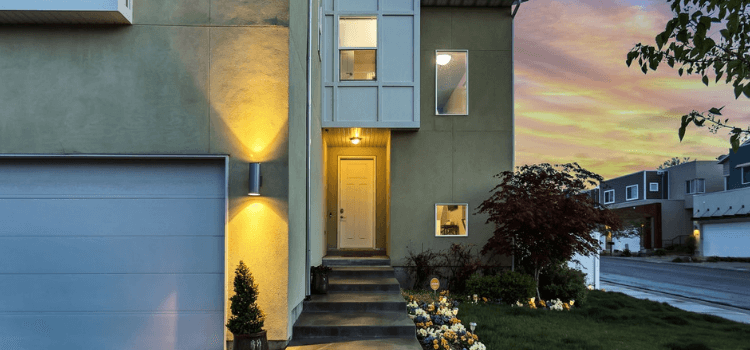
3. Install a video doorbell
The popularity of video doorbells has surged over the last couple of years. They allow you to see and hear from your front door, record the footage when activated and communicate with anyone who’s there.
If you feel vulnerable when an unexpected visitor pops round, you can speak to them without answering the door and check they are who they say they are. This is particularly good for older residents who may not feel comfortable.
As well as security benefits, a video doorbell means you’ll never miss a package or guest, even if you’re not home.
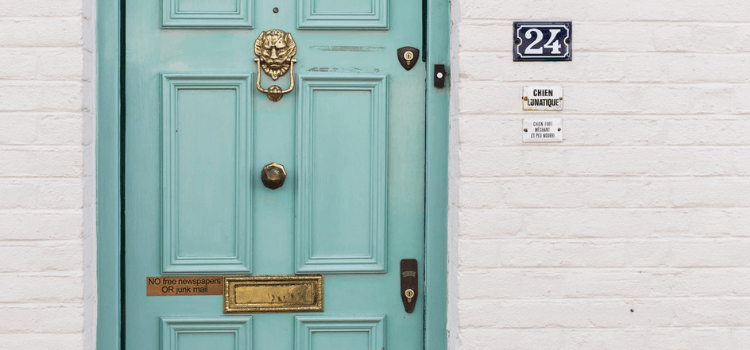
4. Buy smart devices
In our highly technological world, almost every electronic is available with a “Smart” alternative. Lighting, kitchen appliances, heating and more can be accessed with a smartphone and controlled.
If you stay out later than you anticipated, smart lighting can be turned on to give the appearance that you’re home. Either use an online timer for a daily schedule or just switch the lights on with the touch of a button.
Additionally, if you do panic about leaving the iron on when you’re out of the house, you can just turn it off with your phone. Not only does it take away the worry, but if you do happen to leave something on, it can easily be switched off.
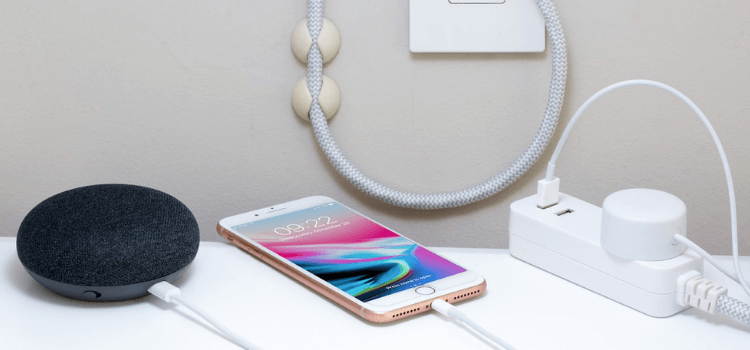
5. Be social smart
More and more people are sharing huge chunks of their lives on social media. This can cause an issue when you’re out of the house or on holiday as you’re broadcasting that your home has been left unprotected to potential thieves. Avoid posting pictures and statuses whilst you’re away to help protect your home.
If you just can’t help sharing to your social channels, make sure your accounts are secure. Only allow people you trust to see your content and make sure the access isn’t to everyone.
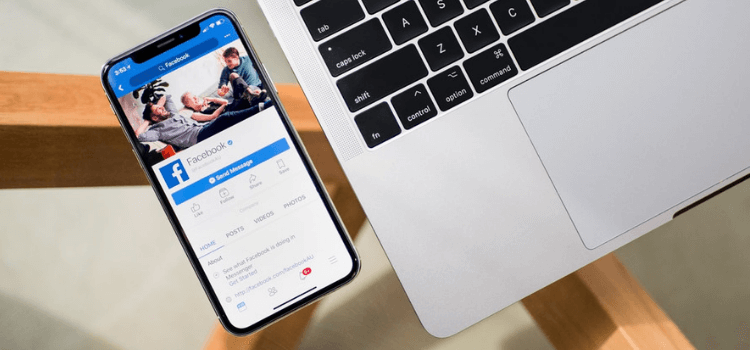
6. Install smart detectors
Smart detectors help to protect your home from some of the biggest threats it could face whether you’re home or not. Smoke, gas and leak detectors will notify you of any issues before it’s too late.
For the smoke and CO2 detectors, if anything is picked up, you can receive an alert to your smartphone. Some devices allow you to listen in on your home or look around with a camera. You can then deal accordingly, notifying the fire service or police if required.
In terms of water leaks, a smart water detector is installed in places to detect an emergency water leak. If anything is detected, you’ll be notified on your phone. Some devices also let you turn off the water supply, however, the capabilities do vary on each model.

7. Install a safe or secret hiding place
In your home, keep important and expensive items in a safe or hidden away where they can’t be found. If you choose to install a safe, install it in a subtle area and securely fix it in place. A combination lock rather than a key can be more secure and give several you and your family access.
To hideaway possessions, get creative with your hiding places. Fake drawers, behind pictures and inside everyday items are just of the few options. All homes have somewhere you wouldn’t think of, so find the perfect spot in your home.
Most criminals will be on a tight timeframe when in your home and won’t have the time to look around or attempt to break into things. If the worst does happen, your valuables should be left in the house.
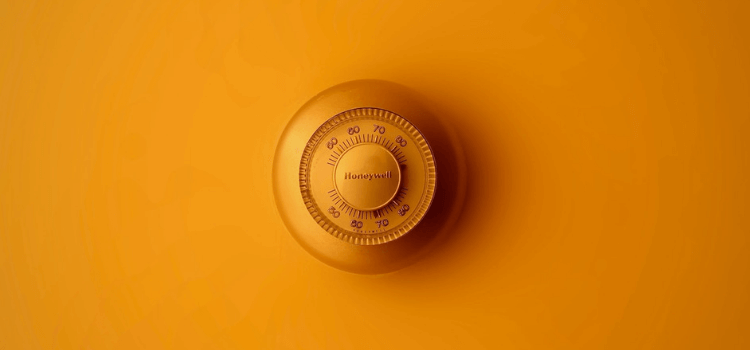
8. Secure doors & windows
Make sure that all of the doors and windows in your home are strong and secure. Choose high-quality materials and locks with good security reviews. It may be worth adding further protection with an additional lock, especially at weaker points of entry.
As well as strengthening your door, it’s recommended you avoid doors with large glass panels in favour of solid doors. If you do want a door with windows, choose small panels where internal locks can’t be accessed, or install sophisticated keyless door locks for a safer home.
For another level of protection, you can add in security door and window alarms that will sound to alert you of any impacts detected. Alarms can be set to update you wherever you are with your smartphone as well as informing the alarm company.
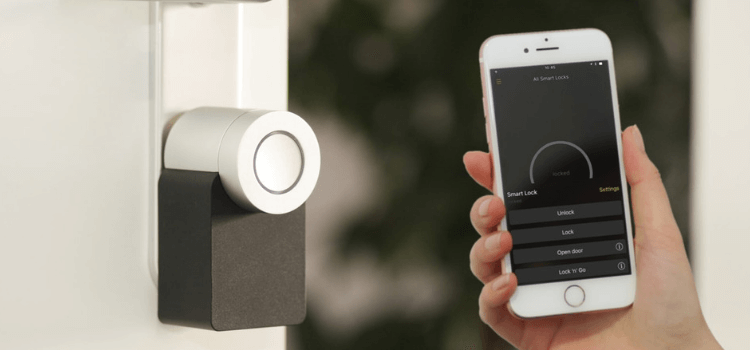
9. Install a key safe
Rather than hiding a spare key under the doormat or in a fake rock, hire a locksmith to install a key safe in a secret location. Key safes have drastically improved over the last few years and feature much better designs than previous models. Combination locks and fingerprint scanners amongst others are extremely difficult to get into, especially when trying to move quickly.
Be careful to install your key safe somewhere secure. Avoid anything wooden as it may be possible to remove the safe. Regularly check the safe and make sure it hasn’t been tampered with.
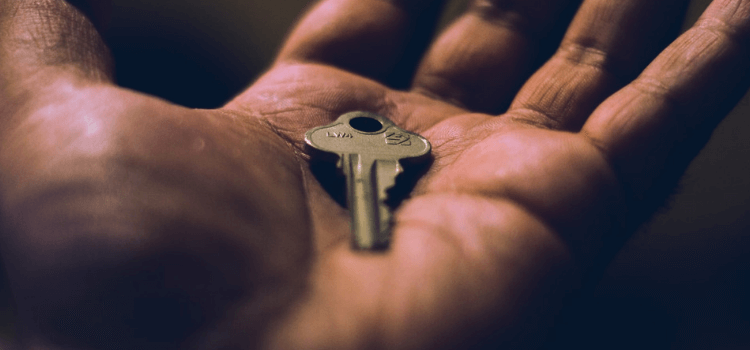
10. Install a car security pole
If you store your car on a drive or out in the open, a car security pole can help to protect it. The easy-to-use feature can be folded up and down and locked in place, blocking the exit of your car. Car security poles are cheap and extremely effective.
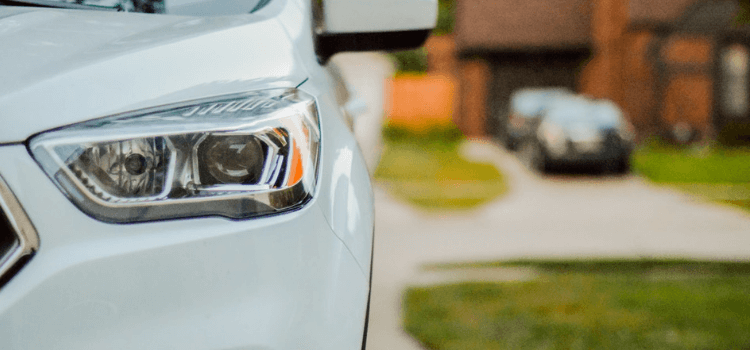
11. Get a dog
Man’s best friend is one of the easiest ways you can protect your home from burglars. Dogs act as a deterrent as they can draw attention to anyone breaking in and bigger dogs can serve as a physical threat. It should go without saying that you shouldn’t just get a dog for security, but it is an added bonus.
Be aware, you should also keep your dog safe. With the steadily increasing cost of dogs, if you leave your pup unsupervised, make sure any potential thieves can’t access where they are. It may also be worth using a GPS tracker to find them again if the worst does happen.

12. Secure landscaping
When it comes to landscaping your garden, there are a couple of tricks to help discourage would-be criminals from trying to access your home. Firstly, make sure to keep bushes and grass short. This will remove a potential hiding place and give you a clear view from your windows and on security cameras.
If you have trees that are close to your home, make sure you keep branches trimmed that are close to windows or roofs. The same applies to trees by fences as this can give an easy entrance escape.
Gravel is a great way to help bring attention to someone approaching your home. When compared to grass or tarmac, it will make significantly more noise when walked or driven on.
Finally, you could hire a landscaper to add in some defensive hedges. Anything with thorns or spikes, especially around windows and drainpipes, can significantly reduce access. Roses, holly, hawthorn and blackberries are some great examples.
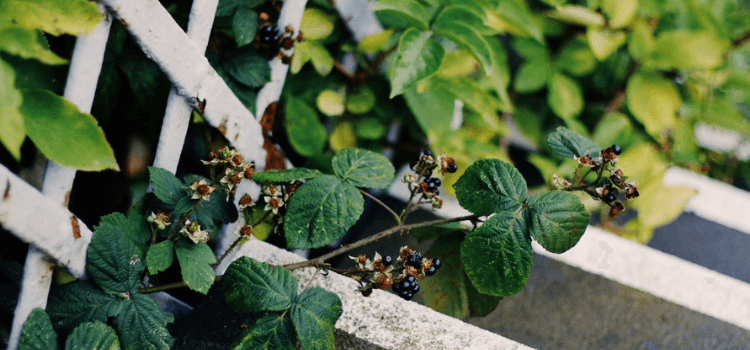
13. Meet the neighbours
Getting to know your neighbours can be a great way of protecting your home, adding a pair of eyes for when you’re not in. If you maintain a close relationship, you can ask them to keep an eye out when you’re out of town and take in your mail and bins to make it look like someone is home.
If you’re able to, joining a neighbourhood watch or residents’ group will give your home an additional level of protection. These groups help to protect an entire neighbourhood and generally increase the safety and awareness of what’s going on.
If where you live doesn’t have a group of this kind, why not consider starting one?

14. Make a list of your valuables
It’s always better to be safe than sorry. David Atkinson from Icon Wall Stickers, suggests that making a thorough list of your belongings with the cost on purchase and any serial numbers can make life a lot easier if something bad happens.
Insurance claims will run smoother with an itemised list that you can just send across. Include photos and detail anything that makes them stand out. Make sure to save your list online for easy access.

Want to find a local handyman to install some additional security features?
Further reading:
5 easy ways to upgrade your home
How much does an electrician cost?
Which type of privacy screen is best for my home?
How to make moving easier for you and the family